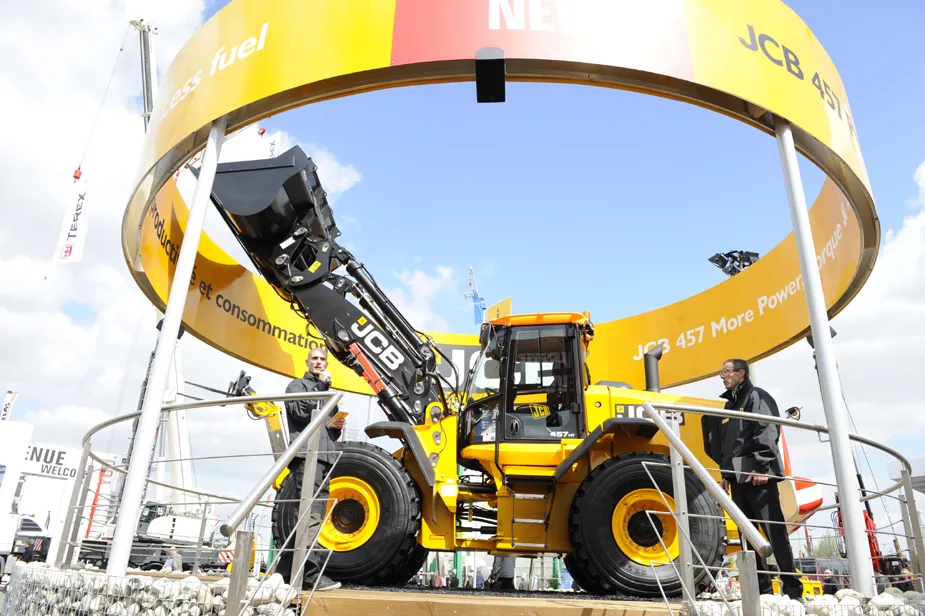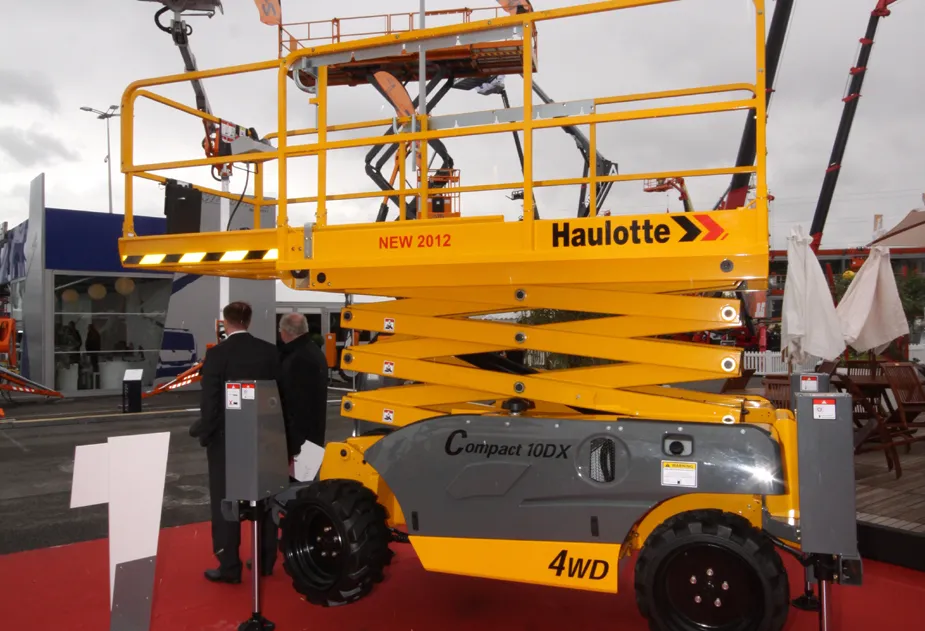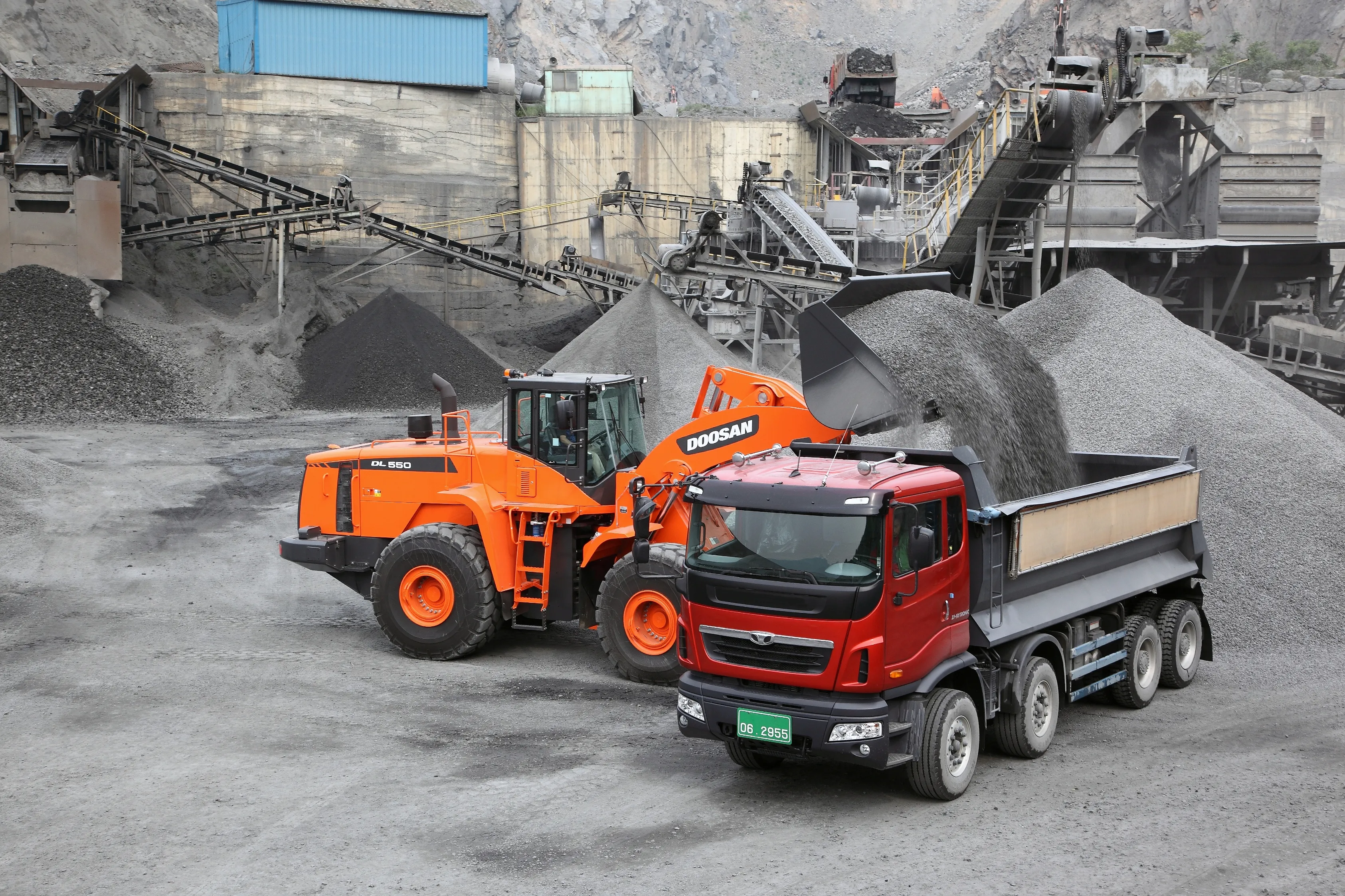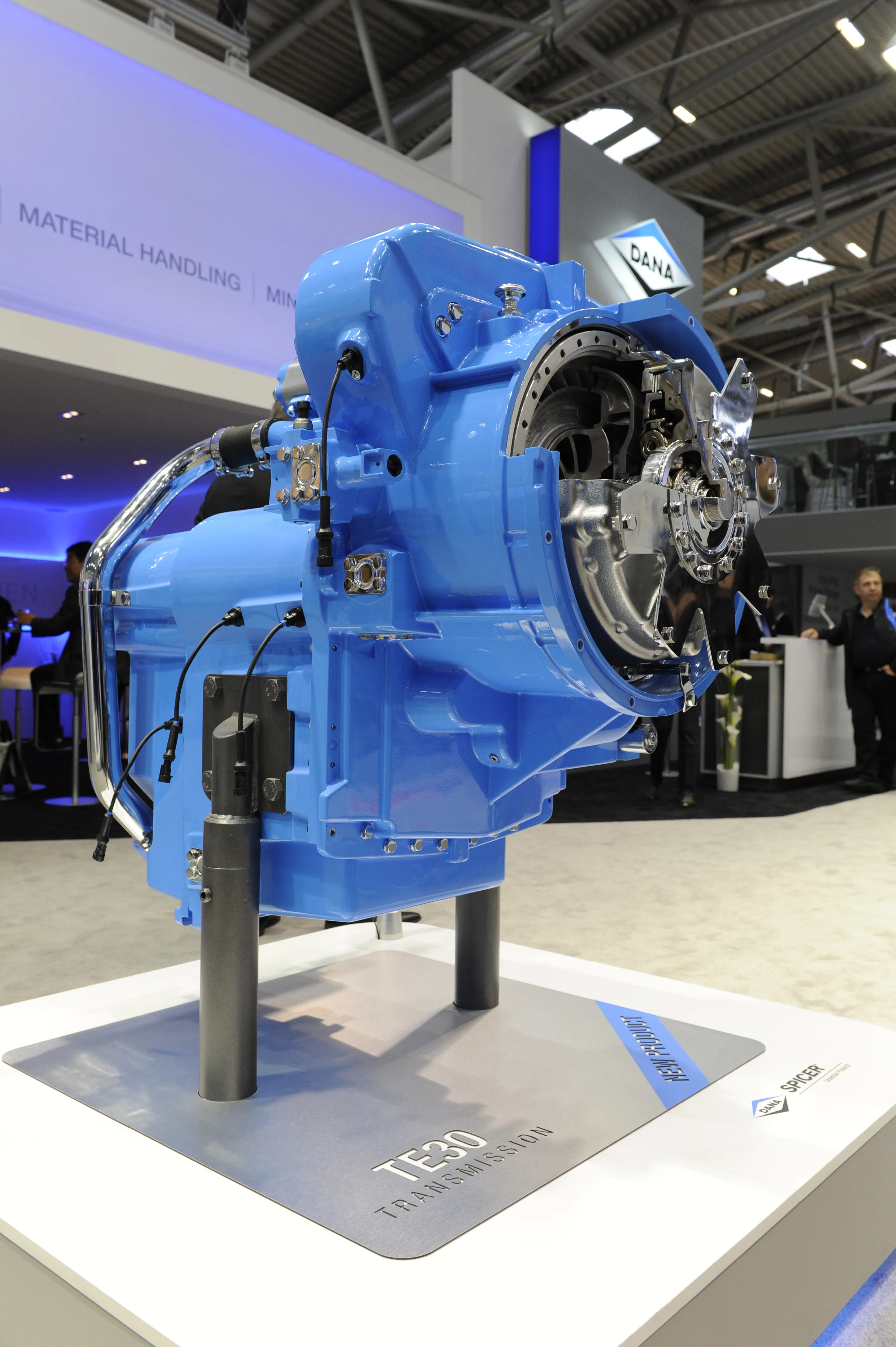JCB is moving up a class in the wheeled loader market with the introduction of its new 457 model. Replacing the earlier 456, the new 457 is the biggest and most powerful wheeled loader the firm has ever built and has a 235kg increase in load capacity. The new 8.9litre Cummins diesel with its variable geometry turbocharger meets the Tier 4 Interim/Stage IIIB emissions requirements while also offering reductions in fuel consumption over the engine used in the earlier model. Full electronic control of engine f
April 12, 2012
Read time: 2 mins

The new 8.9litre
Full electronic control of engine functions and of the
Customers can choose between the standard four speed or optional five speed version of the WG210 transmission, though both offer intelligent clutch cut-out functions.
Torque proportional traction and an automatic differential lock will provide good traction in rough terrain.
The company claims that the machine will have a lower cost of ownership than other comparable wheeled loader models in its class. The JCB Livelink system provides real-time data on how the machine is being used such as cycles, performance, distance travelled and engine oil and hydraulic fluid temperatures and pressures.
%$Linker:
Outside: E5 Stand: E002
%$Linker:







